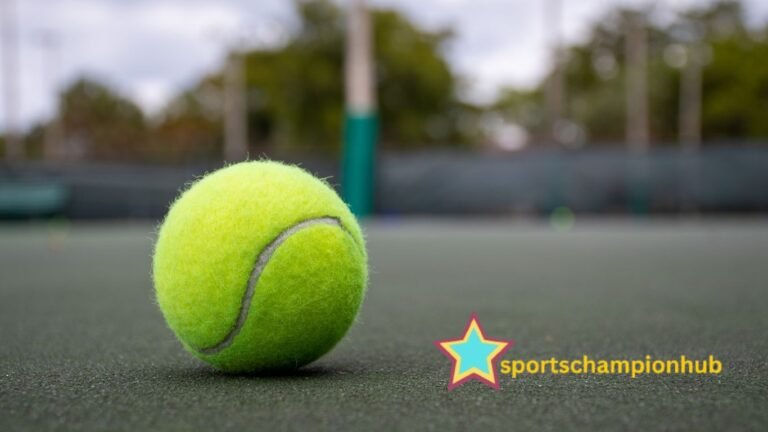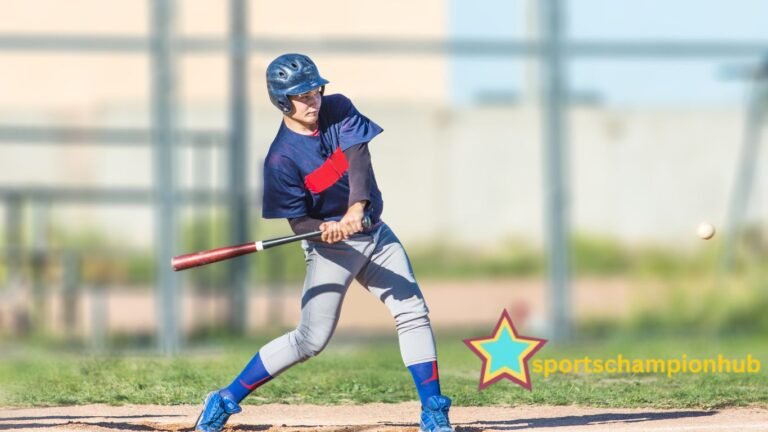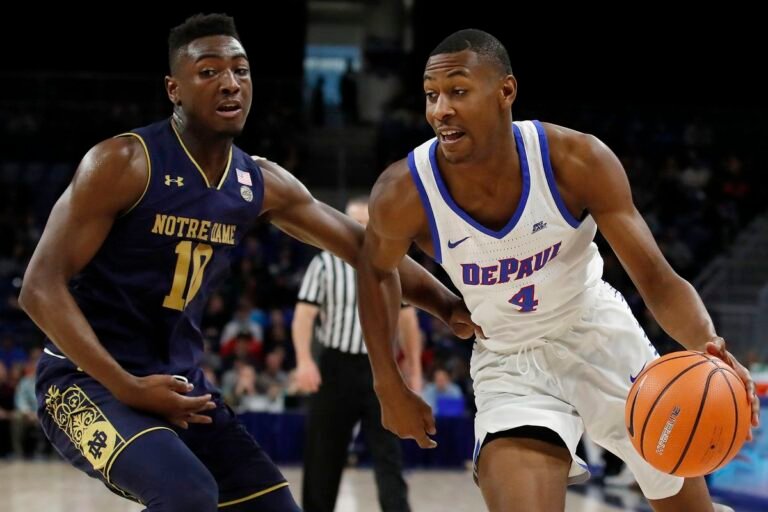
Footballs
When it comes to being prepared for the game, having the right football can make all the difference in your performance and training. Whether you’re an amateur or a seasoned pro, the type of ball you use can influence your accuracy, control, and even confidence on the field. Let’s dive into the top five footballs that every player should have in their gear bag, giving you a versatile collection for any training or match situation.
1. FIFA Approved Match Ball
For anyone serious about football, a FIFA-approved match ball is a must-have. These balls meet the highest standards set by the sport’s governing body, ensuring top-notch performance during professional matches. What makes a FIFA-approved ball stand out is its consistent flight path, excellent grip, and superior durability. These balls are designed to handle the rigors of professional play, from harsh weather conditions to intense match pressures.
The surface of the ball is engineered for precision. Often made from high-quality polyurethane or thermally bonded panels, these balls resist water absorption, allowing them to maintain optimal weight and shape retention throughout the game. Whether you’re playing in dry or wet conditions, a FIFA-approved ball gives you the confidence to perform at your best.
Why You Need It:
High-quality materials ensure a predictable flight path.
Superior durability that lasts for multiple seasons.
Perfect for professional-level games and training sessions.

2. Training Ball for Daily Practice
While match balls are fantastic for games, you don’t want to wear them out during practice. This is where a training ball comes in. Designed for durability, training balls are built to withstand countless hours of practice without compromising performance. They’re made with tougher materials, such as PVC or synthetic leather, which are resistant to wear and tear.
One key advantage of a good training ball is its ability to mimic the feel of a match ball while still being affordable. Training balls usually feature deeper seams and a slightly textured surface, making them ideal for practicing skills like dribbling, passing, and shooting in a controlled manner.
Why You Need It:
Cost-effective for daily training.
Tough enough to handle intense drills without losing its shape.
Excellent for perfecting footwork and ball control skills.
3. Street Football for Urban Play
For players who love a more freestyle approach, a street football is essential. Street footballs are specifically designed for rough surfaces like asphalt, concrete, or hard dirt. They are typically more robust, with thicker outer layers to resist abrasions and punctures from rough play environments.
Street footballs usually have a low bounce, which is perfect for the small, confined spaces where street games often take place. The reduced bounce allows for tighter control, which is crucial for fast-paced, skill-focused matches. They often come in smaller sizes too, helping players hone their technical skills in a more challenging setting.

Why You Need It:
Durable outer layer for withstanding tough street environments.
Ideal for improving close control and ball handling.
Perfect for freestyle football and creative play in urban settings.
4. Indoor Football for Futsal or Indoor Matches
If you’re into futsal or indoor football, having an indoor-specific ball is crucial. Indoor footballs are generally smaller and heavier than outdoor balls, designed to provide more control on the smoother surfaces typical of indoor arenas. The surface of an indoor football is usually less bouncy, which prevents the ball from ricocheting uncontrollably on the hard floors found in gyms or futsal courts.
Another notable feature of indoor footballs is their reduced rebound. This makes them excellent for playing in confined spaces where control is more important than long-range passing or shooting. These balls also have a more durable outer layer that can withstand the constant friction of playing on hardwood or artificial turf.
Why You Need It:
Smaller and heavier design enhances control in tight spaces.
Reduced bounce makes it easier to perform technical moves.
Specifically tailored for futsal or indoor football arenas.
5. Lightweight Football for Youth and Recreational Play
When it comes to youth players or casual games, having a lightweight football is a game-changer. These balls are easier to kick, more forgiving, and allow younger or less experienced players to focus on their technique without the physical demands of a heavier, professional-grade ball.

Lightweight footballs are typically made with softer materials like foam-infused panels, providing a softer touch on the foot. This makes them ideal for beginners who are just getting acquainted with the game, as well as for warm-up drills. Even experienced players can benefit from using a lighter ball for quick skill-building exercises.
Why You Need It:
Great for youth players to improve their confidence and skill level.
Easier to control, especially during drills and warm-ups.
Helps in developing basic football techniques without overwhelming new players.
Conclusion:
Build a Versatile Gear Bag
By having a selection of footballs that cater to different needs—whether for professional matches, daily training, or freestyle street play—you can elevate your performance across all areas of the game. The right football for the right occasion not only improves your technical ability but also enhances your overall enjoyment of the sport. From FIFA-approved match balls to specialized street footballs, ensuring your gear bag is stocked with the best can make all the difference in your football journey.







